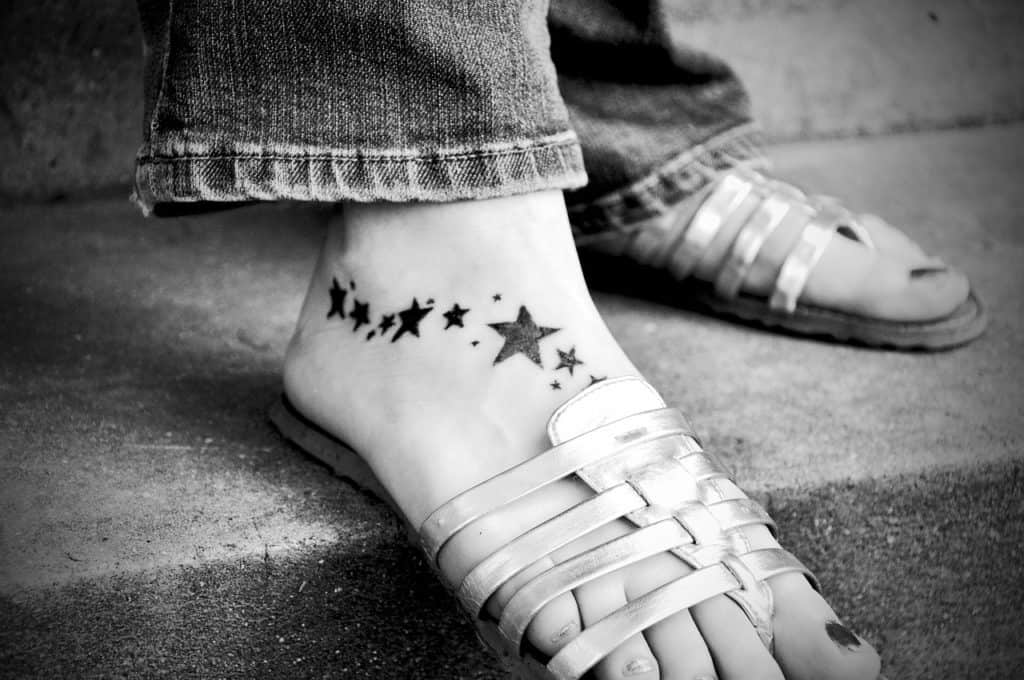When you have a tattoo that you no longer want, you have the option of laser tattoo removal to eliminate it. Whether you have a past romantic partner’s name etched onto your body or you simply no longer love the ink in question, this is a good way to rid yourself of a tattoo. Not surprisingly, however, there are plenty of misconceptions about laser tattoo removal. People who have undergone the process have expressed conflicting opinions of it. Some say it’s a quick and easy means of removing a tattoo while others swear that it’s a painful experience. No matter what, if you are considering this procedure, it’s important to understand the most common myths and the realities of laser tattoo removal.
Myth No. 1: Everyone Who Claims to be an Expert is an Expert
A big, common misconception of laser tattoo removal is that you can simply go to a random facility to get the procedure done. However, just like when you plan on getting a tattoo, you want to see someone who is a specialist and not some random person or place that claims they can remove your ink. The procedure is one that requires a certain level of skill, which means you must see an expert who understands that your skin is delicate and who knows how to take measures to protect your skin from damage. You must schedule an initial consultation with a facility before scheduling an appointment to ensure professionalism and cleanliness as well as the technology used and whether the experts are properly licensed to be able to perform the procedure. Always ask questions. Remember, you have to feel comfortable, so don’t be afraid to go to more than one facility.
Myth No. 2: Laser Tattoo Removal Won’t Hurt
If anyone has told you that laser tattoo removal is completely pain-free, they were either lying or exaggerating. Think about it — there was pain when you got your tattoo done, so why wouldn’t there be pain if you have one removed? However, you can rest a bit easier in knowing that there are steps you can take before you get laser tattoo removal to minimize the amount of pain you feel during the procedure. Speak with the expert you plan to use ahead of time to get advice on methods to try.
Myth No. 3: All Tattoos are Easy to Remove
Laser tattoo removal is a procedure that is different for each person who receives it. Just like every individual person is different, so is the procedure. Certain factors can affect laser tattoo removal, which means the number of sessions you might need varies. Your expert should inform you of the number of sessions you should expect in order for the process to be complete. At the same time, this is not set in stone immediately, and factors like the type of ink used, color, depth and density, location on the body, the patient’s metabolism and immune system all play a part in determining the number of sessions needed. The facility should give you an idea of how many sessions you might need before your tattoo is completely removed. However, you should be wary of any facility that gives you a concrete number as it is impossible to determine that right away.
Myth No. 4: No Post-Care Will be Necessary
Post-care is a huge component in determining whether a laser tattoo removal procedure can be successful for the long term. Of course, every individual heals at their own pace, but there are certain things that you can do after laser tattoo removal to help the process along. As part of your post-care treatment, for instance, you may be directed to avoid exposure to the sun and to keep the area moist and clean. Avoiding potential infections is the key to ensuring safe healing. It’s important to properly follow all the instructions from your expert to see how you are progressing each time you come in for a session.
Laser tattoo removal is a safe procedure that works when you want to get rid of a tattoo. Don’t let these common myths sway you from what you really want. Contact Clean Slate at (512) 953-8566 or fill out a request below for a free initial consultation.


